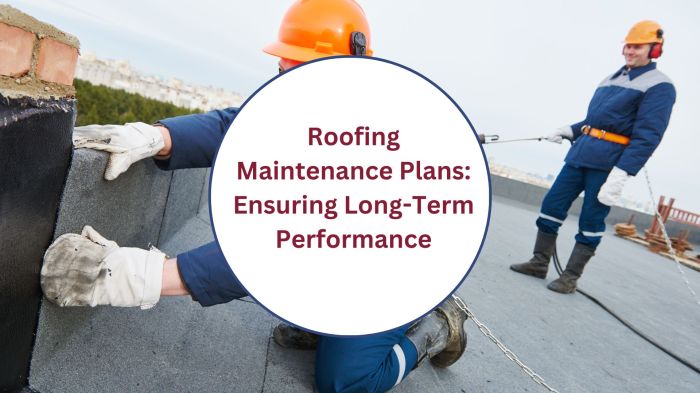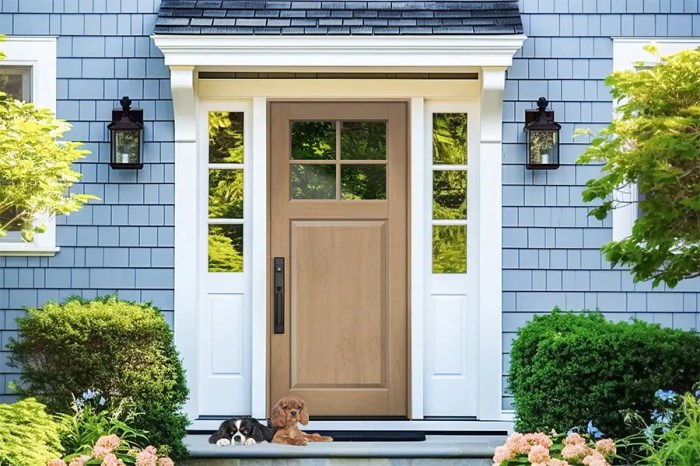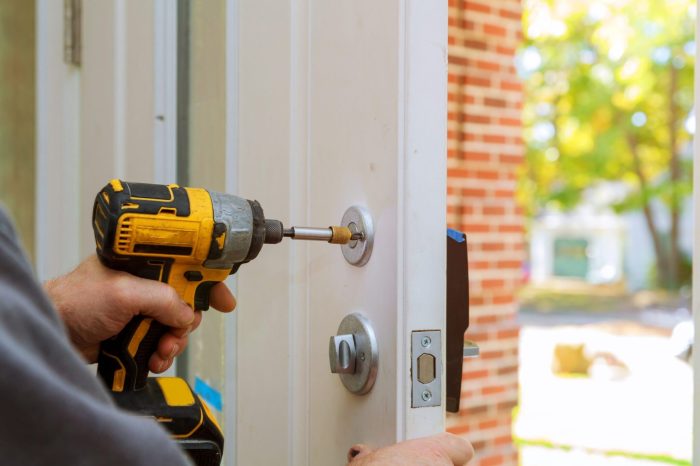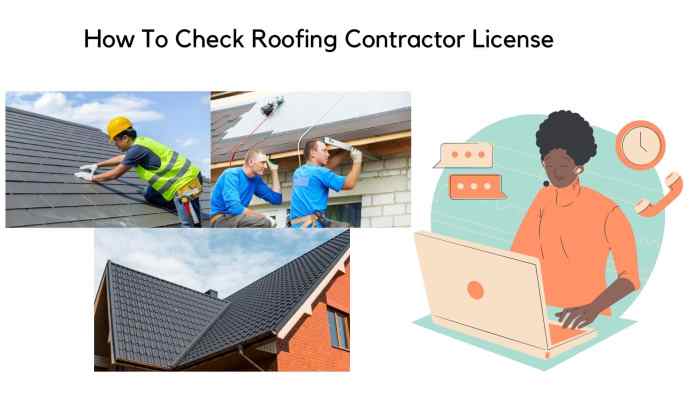Long Roofing Maintenance Plans Explained: A Comprehensive Guide to Roof Care
Delving into the realm of Long Roofing Maintenance Plans Explained, this article offers a detailed exploration of the significance of proactive roof care. By shedding light on key components and benefits, readers are invited to grasp the essence of long-term maintenance strategies for roofs.
Exploring the importance of routine inspections, preventive measures, and the impact on property value, this guide aims to equip homeowners with essential knowledge for ensuring the longevity and durability of their roofs.
Importance of Long Roofing Maintenance Plans
Having a long-term maintenance plan for your roofing is crucial to ensure the longevity and performance of your roof. Regular maintenance can help identify issues early on, preventing costly repairs or replacements down the line.
Preventing Water Damage
One of the key benefits of a long-term maintenance plan is preventing water damage. Leaks and water infiltration can cause extensive damage to your home's structure, leading to costly repairs. Regular inspections and maintenance can help identify and address potential sources of water damage before they escalate.
Extending Roof Lifespan
By implementing a long-term maintenance plan, you can effectively extend the lifespan of your roof. Routine maintenance, such as cleaning gutters, replacing damaged shingles, and addressing any signs of wear and tear, can help keep your roof in optimal condition for years to come.
Cost Savings in the Long Run
While investing in a maintenance plan may seem like an additional expense, it can actually save you money in the long run. By addressing small issues early on, you can prevent them from turning into major problems that require expensive repairs or even a full roof replacement.
Components of a Comprehensive Roofing Maintenance Plan

Proper maintenance is essential to ensure the longevity and performance of your roof. A comprehensive roofing maintenance plan should include key elements to keep your roof in top condition for years to come.
Regular Inspections
Regular inspections are a crucial component of a long-term roofing maintenance plan. Inspecting your roof at least twice a year, after severe weather events, and whenever you notice any signs of damage can help you catch issues early on. This proactive approach allows you to address minor problems before they escalate into costly repairs.
Preventive Maintenance
Preventive maintenance plays a significant role in prolonging the lifespan of your roof. This includes tasks such as cleaning gutters, removing debris, checking for leaks, and ensuring proper ventilation. By staying proactive and addressing potential issues promptly, you can prevent premature deterioration and extend the life of your roof.
Frequency of Inspections and Maintenance Tasks
Inspecting and maintaining your roof regularly is essential to ensure its longevity and performance. Let's delve into the details of how often inspections should occur and what routine maintenance tasks should be included in a long-term roofing maintenance plan.
Frequency of Inspections
Regular inspections of your roof should be conducted at least twice a year, ideally in the spring and fall. These inspections allow you to identify any issues early on and address them before they escalate into more significant problems. Additionally, after severe weather events such as storms or heavy snowfall, it's crucial to inspect your roof for any damage promptly.
- Spring Inspection: Check for any signs of winter damage, such as ice dams or leaks.
- Fall Inspection: Prepare your roof for the upcoming winter by clearing debris and checking for any potential issues.
Routine Maintenance Tasks
Routine maintenance tasks play a vital role in preserving the integrity of your roof. These tasks should be scheduled regularly to prevent costly repairs down the line.
- Cleaning: Clear debris, leaves, and other obstructions from the roof and gutters to prevent water buildup.
- Repairs: Address any loose or damaged shingles, flashing, or seals to prevent leaks.
- Replacements: Replace any worn-out or damaged roofing materials to maintain the structural integrity of the roof.
Significance of Seasonal Maintenance
Seasonal maintenance is critical in a roofing plan as different weather conditions can impact the performance of your roof. By conducting seasonal maintenance tasks, you can address specific issues that arise during different times of the year and ensure your roof is adequately protected.
- Winter: Insulate your attic to prevent ice dams and ensure proper ventilation to reduce the risk of condensation.
- Summer: Check for any signs of sun damage and make necessary repairs to protect your roof from UV rays.
Benefits of Long Roofing Maintenance Plans
Regular maintenance of your roof can bring about a multitude of benefits that go beyond just keeping your roof in good condition. Let's explore how having a structured maintenance plan for your roofing can be advantageous.
Early Issue Identification and Damage Prevention
- Regular inspections and maintenance can help in identifying any issues early on, such as leaks, cracks, or damage caused by weather conditions.
- By addressing these issues promptly, you can prevent them from escalating into major problems that may require costly repairs or even a full roof replacement.
- Proactive maintenance can extend the lifespan of your roof and ensure its durability over time.
Enhanced Property Value
- A well-maintained roof not only protects your property but also enhances its overall value.
- Potential buyers are often willing to pay more for a property with a properly maintained roof, as it signifies that the property has been well taken care of.
- An aesthetically pleasing and structurally sound roof can significantly boost the curb appeal of your property, making it more attractive to prospective buyers.
Concluding Remarks
In conclusion, Long Roofing Maintenance Plans Explained serves as a beacon of guidance for property owners seeking to safeguard their investments. By adhering to a structured maintenance plan, early issue detection, cost savings, and enhanced property value become achievable milestones in roof care.
Clarifying Questions
How often should inspections be conducted?
Inspections in a long-term maintenance plan should ideally occur twice a year, typically in the spring and fall seasons.
What are the key elements of a comprehensive roofing maintenance plan?
A comprehensive plan should include regular inspections, preventive maintenance, minor repairs, cleaning, and timely replacements.
How can regular maintenance tasks help prevent major damage?
Regular maintenance tasks help in early issue identification, allowing for timely repairs and preventing minor issues from escalating into significant damage.




